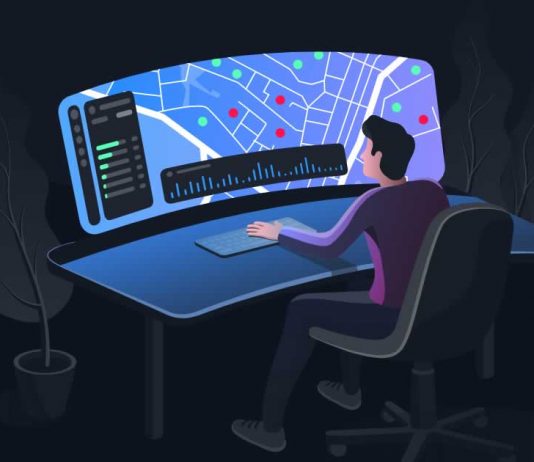Data presents the single greatest opportunity for businesses to create long-term, sustainable success. Big data are being used by organizations across the globe to dig deep into understanding the knowledge economy, discovering new ways of serving customers, new products, and new markets. In order to capture and maximize the potential of data, however, businesses need robust and reliable systems to manage them.
The Benefits of GIS
One such example is the geographic information system (GIS), a way of exploring the endless insight that the science of geography can reveal to leaders, helping them to make better decisions in the short, medium, and long term. GIS technologies organize data across space and convert them into data visualizations that show relationships, patterns or anomalies that can indicate and predict changes and priorities for the future.
Understanding trends is another way in which mapping tech can support decision making. Instead of seeing data across columns and rows, GIS mapping software can show local, regional, and national incidences like purchases, engagements, or events. It can also show proximity between suppliers and vendors, identifying the quickest and most efficient supply chain choices. The opportunities are impressive.
GIS can provide:
- Mapping of sales zones
- Change and object detection
- Asset monitoring
- Logistics and supply chain optimization
- Risk zones and help center locations
The History of GIS Technologies
Back in the 1960s, the emergence of quantitive and computational geography transformed the way in which the academic community was able to engage with mapping technology. Data visualization in the form of computer mapping and spatial analysis was incubated at Northwestern University and has grown in complexity and potential as computer technology has progressed.
How Does GIS Work?
GIS is uniquely placed to create links between ostensibly unrelated information, whether that’s the source or type of data. GIS can connect landmarks and locations to gender ratios and age demographics and find interesting new ways of understanding the world around us. The key to maximizing the potential of GIS technologies is to ensure you have the essential basics in place:
- Hardware that can withstand the demands of complex geospatial calculations and visualizations, if you need it. Some systems can be run from the cloud or even a smartphone.
- The right software to suit your needs, whether that’s a desktop program or a cloud-based app.
- Data input that starts to create the information, and subsequently, the knowledge you need to succeed.
- Experts that can ensure that everything runs smoothly and present the analysis and reporting you’re looking for.
It’s an exciting time to explore GIS as the technology picks up the pace, and more disciplines are using its potential to open up new markets and make more informed decisions about the future. Whether it’s the rise in smart cities, transport and logistics, financial services, retail, or healthcare, all our biggest industries are able to benefit from these incredible geographical tools.


